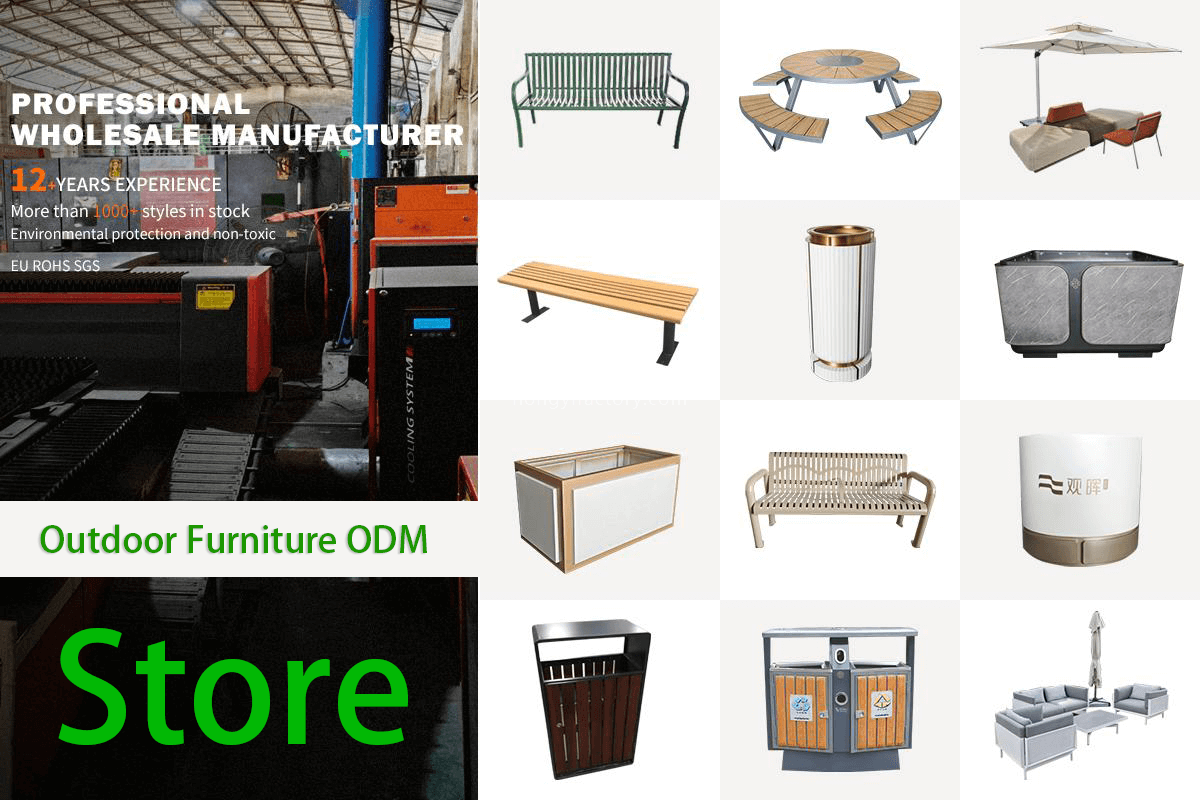Outdoor seating in urban aqueduct areas plays a subtle yet significant role in shaping the local microclimate. By introducing shaded zones, seating arrangements can reduce surface temperatures by up to 5°C, mitigating the urban heat island effect. The strategic placement of benches and pergolas alters airflow patterns, creating cooler pockets that enhance visitor comfort while preserving the aqueduct's structural integrity.
Vegetation-integrated seating further amplifies these effects through evapotranspiration, adding humidity to otherwise dry aqueduct environments. However, dense seating clusters may inadvertently block ventilation corridors, potentially increasing localized heat retention.
Studies show that permeable seating materials like wooden slats outperform concrete in heat absorption, demonstrating how design choices directly influence microclimatic conditions. As cities prioritize adaptive reuse of historic aqueducts, understanding these thermal dynamics becomes crucial for sustainable urban planning.
The interplay between seating density, material selection, and aqueduct orientation creates unique microclimates that can either combat or exacerbate urban warming trends—a balance demanding careful consideration in public space design.


